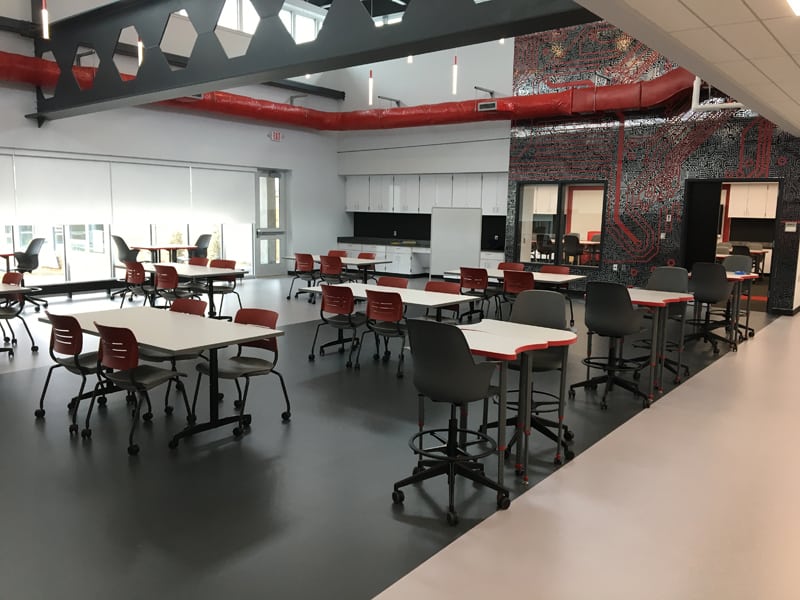The Envelope Corner: What to Know About the NYStretch Code
By Jim D’Aloisio | November 2021
When the new 2020 building codes were adopted in New York State, a brand-new code was also introduced. Called the 2020 NYStretch Energy Code (NYStretch-2020), it was developed by NYSERDA and can be adopted by municipalities and other code entities as an alternative to the Energy Conservation Construction Code of New York State (NYS Energy Code).
Technically it can be considered a pre-approved More Restrictive Local Ordinance. As of this writing, New York City and the communities of Beacon, Bedford, Dobbs Ferry, Dryden, Hasting-on-Hudson, and Montour Falls, as well as the State University Construction Fund (SUCF) have adopted NYStretch — with more to follow.
Basically, NYStretch-2020 modifies and supplements the requirements of the 2020 NYS Energy Code, which is based on the 2018 IECC and the 2016 ASHRAE 90.1, creating a somewhat stricter code than the base energy code. According to NYSERDA estimates, buildings designed and built in accordance with NYStretch-2020 should use, on average, 10% to 12% less energy than buildings complying with the base 2020 NYS Energy Code.
The following are some of the significant aspects of NYStretch-2020 for commercial buildings:
- Increased thermal requirements (larger R-values, smaller U, C, F factors)
- Balconies and parapets that interrupt thermal envelopes require continuous insulation or a thermal break of R-3 or more
- Blower door testing is required for all buildings between 10,000 and 50,000 sf and <75 ft tall
- A requirement for Air Barrier Commissioning, including documentation and field inspections
- More energy recovery ventilators required
- Slight increase in thermal requirements (larger R-values, smaller U, C, F factors), especially for Climate Zone 4 and fenestration
- Enhanced thermal envelope inspection requirements
- At least one drain heat recovery unit is required
- Heat Recovery Ventilators (HRVs) or Energy Recovery Ventilators (ERVs) are required
- Required testing of ventilation systems
- Increased lighting efficacy
- Mandatory solar-ready zone
- Required capacity for 208/240V electric vehicle charging station
- A brand-new Passive House compliance path
It is always a good idea to check with the municipality or code enforcement entity about the codes applicable for a project. With the introduction and increased adoption of NYStretch, this is now even more important. And NYSERDA is already working on an update to the stretch code, with requirements to limit carbon emissions from operational energy on the horizon, as well as a Passive House guide. Stay tuned!
For more information, here is a link that contains a download of the NYStretch-2020 Code: NYSERDA NYStretch Energy Code



